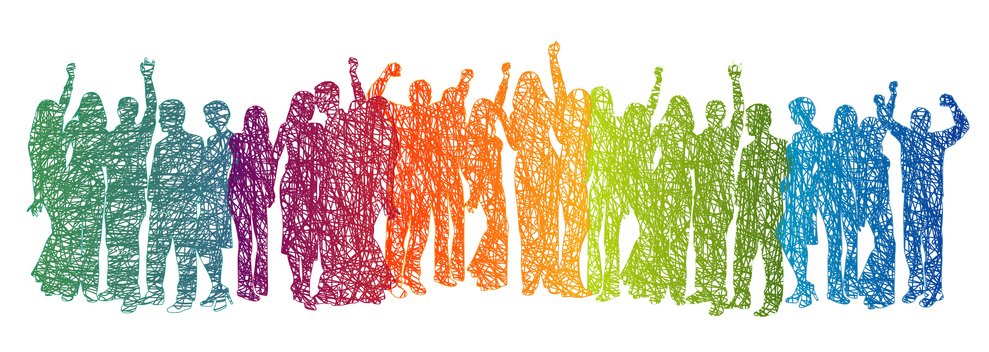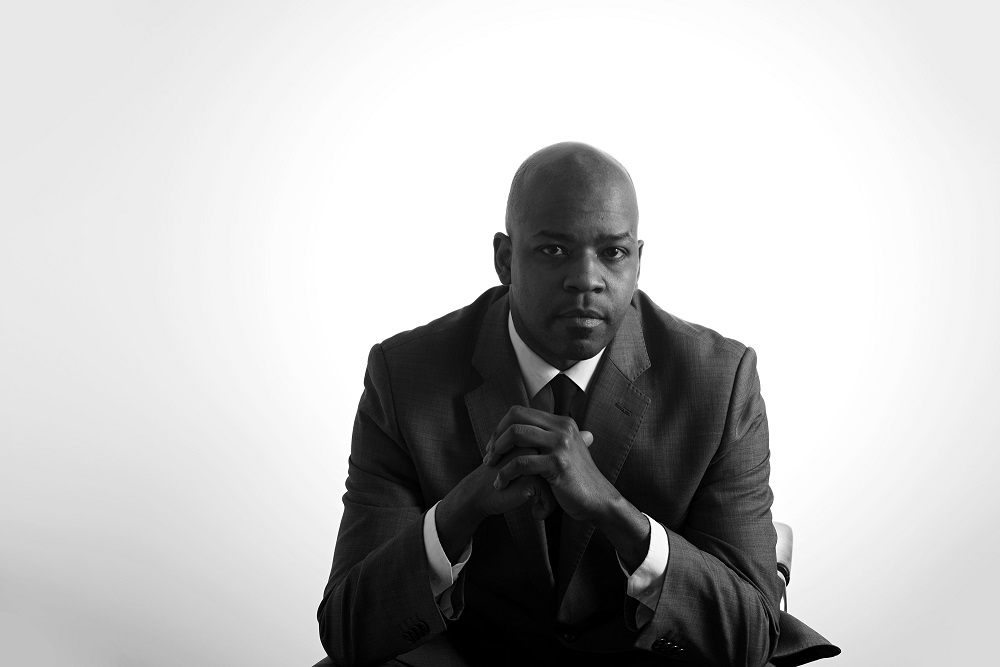How Linklaters is championing a culture of diversity and inclusion

HRM Magazine Asia recently sat down with Daniel Danso, the Global Diversity Manager at Linklaters, for a frank conversation about driving inclusive workplace cultures.
During Danso’s tenure as the international law firm’s go-to diversity officer, Linklaters has strengthened its diversity and inclusion strategy, increased female representation at board, and launched a global LGBTQ initiative called Open 4 Business.
During out exclusive chat, Danso outlined the organisation’s journey so far towards true workforce parity.
On formalising the diversity piece:
“P
eople are recognising that if they want to have a successful business going forward, you have to keep pace with society.
When we started this version of our diversity approach, we first wanted to get everyone to understand how they fit into the conversation. A lot of messages are aimed at minorities or women, but it’s harder for men to understand their place.
But also, we had to think about how we could interpret our global strategy on a local level. So I developed this session called ‘unconscious bias’, and it aimed to get entire firm on the same page in a year.
I went around the globe and delivered 25 different versions of the same thing to fit local laws and pop culture and demographics, because I needed them to know that, yes, we have global aspirations, but it has got to work out here, on the ground.

For International Women’s Day 2018, Danso spoke about gender equality and inclusion at several client offices. This particular shot shows him at IFM Investors, a global fund manager.
It was about helping them realise they can be champions for areas of diversity outside of their own experiences. For me, as an African-American, I can be supported from the potential racism I will go through, but as a man, I can also champion women’s equality.
This opened the door for us to set up ally networks, such as LGBT allies. We launched that as a network across Asia, where a lot of the social and legislative environment is not open to it.”
On other concrete initiatives and actions:
“W
e also do ‘HeForShe’, where men in the firm are not only engaging with other men, but also showing demonstrably, without ‘mansplaining’, that women do have champions and allies.
One of the strongest things we’ve done is that our leaders and board members have set up these roles called diversity partners.
People have either been appointed to or volunteered for these roles. They champion our aims at a local level. We have two different diversity partners that sit on the board, and they report to the board.
It’s been much more about sharing real life stories, sharing real life examples, showing people there is more to diversity than just gender, and making sure our leadership understand they need to own the whole business and not just the business they might be interested in.
Now we are starting to expand the way we talk about leadership. We started sharing stories. We feature different leaders who have either dealt with or helping other people manage things like depression and mental health through our ‘This Is Me’ campaign.
We did a series of profiles, what we called ‘Life Stories’, where we went across the globe and found people working in a variety of different working arrangements, and how they manage their lives.
This is one of those industries where you have to be on 24/7 and a person can feel like it’s a struggle to achieve balance, especially when there are no role models and people don’t really talk about it. So talking about it helps.”
On how diversity is a way of life, and not a box to be ticked:
“Y
ou can’t just do a diversity session and everybody’s suddenly equal.
It’s about empowerment. One of our strategic pillars is about empowering our teams.
I’m actually training individuals from across the business, whether in practice or in business teams, to do what I do.
So they can respond quicker, it can be more local, and so they feel more empowered to do things and change things up.
It’s been cool to see a diversity and inclusion committee spring up in a place like Jakarta, and hear about what they want to do.”
On permeating the importance of diversity and inclusion throughout the organisation:
“O
n an engagement level, it’s about getting everyone in your business to understand their opportunity and responsibility.
Senior people seem to get it. And people at the ground level. But you can have that middle management level that tends to not know what to do, not know what their responsibilities are, and in some cases, block progress. We’re still working on that.
It’s hard for middle managers, with very little engagement and trust, education outside how to be a manager –expectations are placed on them, but not necessarily the capital to handle the subsequent situations.”





